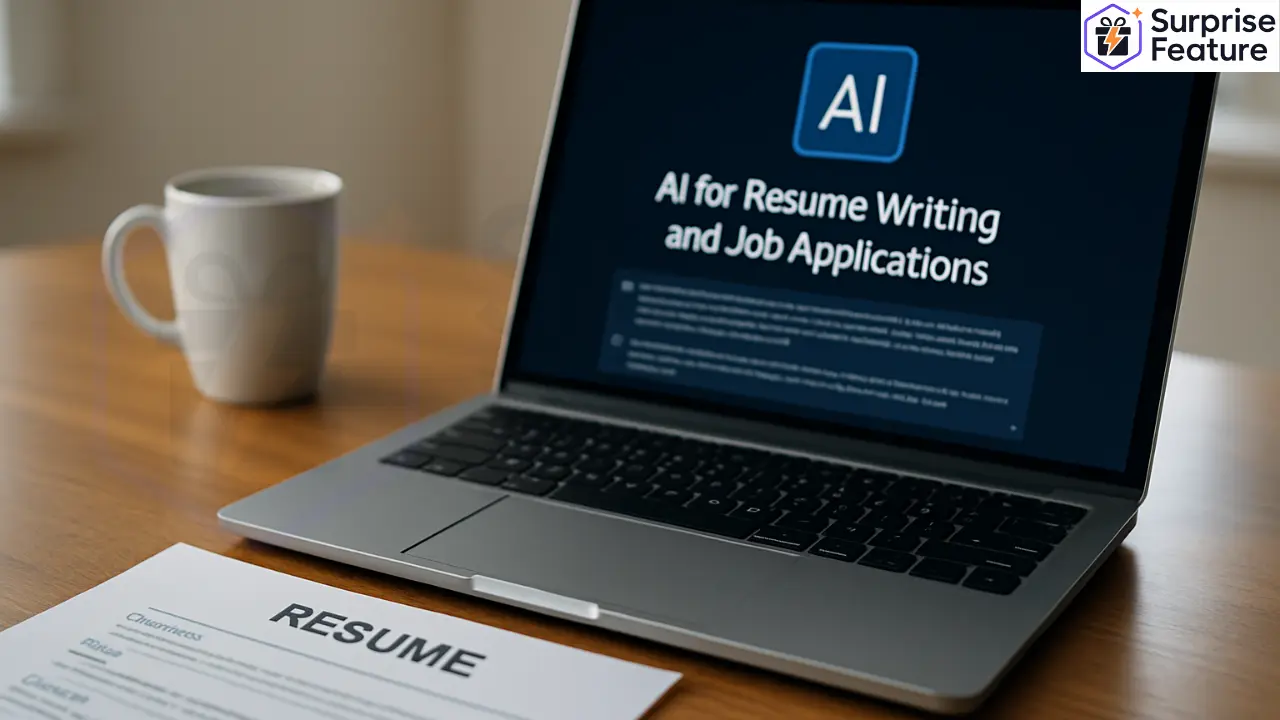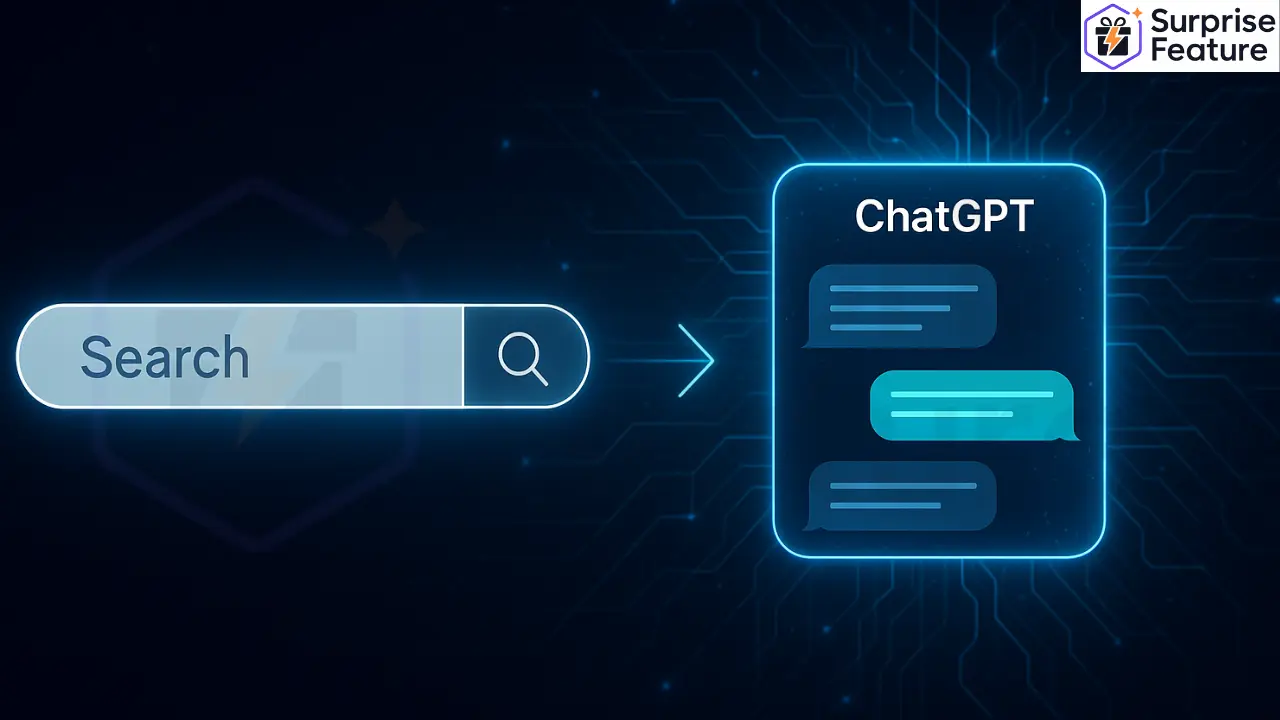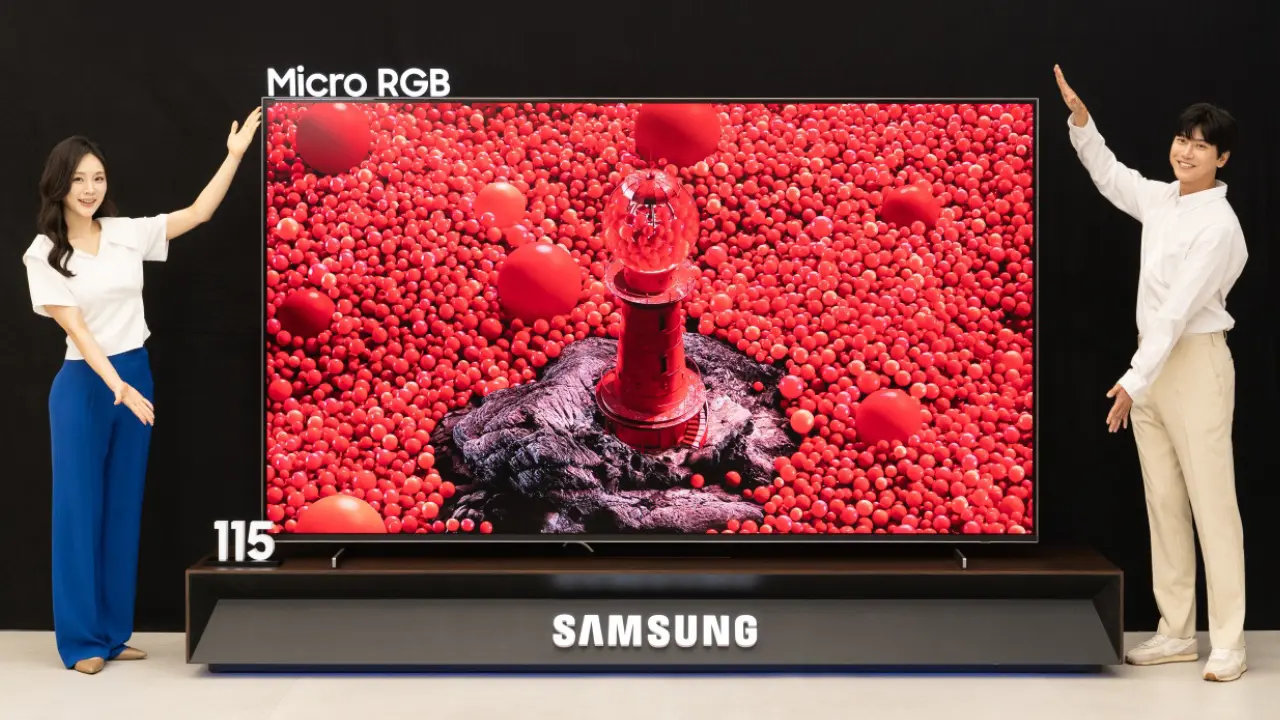How to Use AI for Resume Writing and Job Applications in 2025

Introduction: Why AI Is Changing Resume Writing in 2025
In 2025, artificial intelligence is no longer a futuristic idea—it’s a practical, everyday tool for job seekers worldwide. AI-powered writing assistants are helping candidates craft polished resumes, tailor applications to specific roles, and avoid common mistakes that cost them interviews. The result? Faster applications, higher response rates, and a competitive edge in crowded job markets.
Benefits of Using AI for Resume Writing
- Speed: Generate a first draft in minutes instead of hours.
- Customization: Adapt your resume for each job posting instantly.
- Error Reduction: Spot typos, formatting issues, and unclear wording.
- ATS Optimization: Ensure your resume passes applicant tracking systems.
- Confidence Boost: Submit applications knowing they’re professionally crafted.
Step-by-Step Guide: Using AI for Resume Writing
Step 1: Choose the Right AI Resume Tool
There are many AI-powered platforms designed for job applications. Select one that offers resume templates, keyword analysis, and cover letter support. Look for options that allow you to upload an existing resume or start from scratch.
Step 2: Provide Accurate Career Details
AI tools are only as good as the data you feed them. Enter your work experience, education, skills, and achievements with as much detail as possible. Use measurable results when available (e.g., “Increased sales by 30% in six months”).
Step 3: Tailor for the Job Description
AI excels at matching your resume to a specific job listing. Paste the job description into the tool so it can highlight and integrate relevant keywords, ensuring higher visibility to recruiters and ATS filters.
Step 4: Optimize Formatting and Style
Choose a clean, professional format that is easy to read. AI platforms can suggest layouts that work best for your industry and career stage. Avoid overly creative designs unless you’re applying for a creative role.
Step 5: Use AI to Write a Compelling Cover Letter
Beyond the resume, many tools also help craft personalized cover letters. AI can generate opening lines that grab attention, structure the letter for maximum impact, and align it with the company’s values.
Step 6: Proofread and Add a Human Touch
Even the best AI drafts should be reviewed. Edit for tone, add unique personal experiences, and ensure your personality shines through. Recruiters can spot overly generic applications, so make it your own.
Common Mistakes to Avoid When Using AI
- Submitting AI drafts without personal edits.
- Overstuffing with keywords to the point of sounding unnatural.
- Ignoring cultural and industry-specific nuances.
- Failing to double-check dates, facts, and personal information.
How AI Helps with the Entire Job Application Process
AI doesn’t stop at writing. Many platforms now help with:
- Interview Preparation: Generating possible interview questions based on the job description.
- LinkedIn Optimization: Suggesting profile improvements for better recruiter visibility.
- Follow-Up Emails: Drafting professional, timely responses to employers.
Conclusion: Making AI Work for You
AI is not a replacement for human creativity and judgment—it’s a tool to enhance them. By using AI strategically for resume writing and job applications in 2025, you can save time, improve quality, and dramatically increase your chances of landing interviews. Remember, the best results come when you combine AI efficiency with your personal insight and authentic voice.

